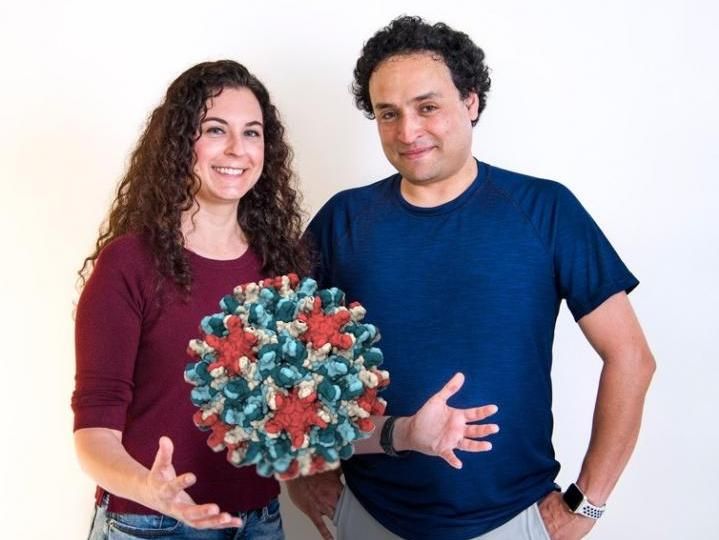Unlikely genetic suspect implicated in common brain defect
A genetic search that wound its way from patients to mouse models and back to patients has uncovered an unlikely gene critically involved in a common birth defect which causes mental retardation, motor delays and sometimes autism, providing a new mechanism and potentially improving treatment for the disorder.
Researchers from the University of Chicago, University of Alberta and other institutions announce in Nature Genetics that the FOXC1 gene contributes to Dandy-Walker malformation (DWM), a brain defect that occurs in 1 of every 5,000 births. The role of the gene in Dandy-Walker malformation dispels the fog surrounding what goes awry in the brains of children born with the disorder. DWM is characterized by an improperly formed cerebellum, the region at the back of the brain involved in movement and coordination. As a result children with this disorder require considerable medical care, and in some cases surgery to treat the build up of fluid around the brain, a condition called hydrocephalus.
Researchers were surprised to discover that the FOXC1 gene mediated development of the cerebellum and contributed to DWM, as the gene is never actually expressed in the brain itself. Instead, the FOXC1 gene is expressed in fetal tissue called mesenchyme, which forms the skull and other layers that surround and protect the brain. That mechanism suggests an exciting new element of embryonic brain development, said study co-author Kathleen Millen, Ph.D., assistant professor of human genetics at the University of Chicago.
"The developing skull and all the stuff around the brain actually are as important for brain development as the brain itself," Millen said.
In the developing fetus, FOXC1 acts as a "master regulator," directing the expression of other genes that, in turn, give instructions necessary for the adjacent embryonic brain to properly form.
"It's controlling downstream genes, and some of those downstream genes we know are signaling molecules and growth factors that apparently are required for brain development," Millen said. "When you don't have them the brain gets screwed up; not because the causative gene is expressed in the brain but because it's in the surrounding tissue."
Organizations
Other news from the department science

Get the life science industry in your inbox
By submitting this form you agree that LUMITOS AG will send you the newsletter(s) selected above by email. Your data will not be passed on to third parties. Your data will be stored and processed in accordance with our data protection regulations. LUMITOS may contact you by email for the purpose of advertising or market and opinion surveys. You can revoke your consent at any time without giving reasons to LUMITOS AG, Ernst-Augustin-Str. 2, 12489 Berlin, Germany or by e-mail at revoke@lumitos.com with effect for the future. In addition, each email contains a link to unsubscribe from the corresponding newsletter.
More news from our other portals
Last viewed contents

Start-up miRdetect receives seed financing - Consortium invests seven-digit amount in serum marker for testicular cancer detection
Frankfurt To Host World's Largest Pharmaceutical Services Events In 2011

Merck Appoints Maya Martinez-Davis as Global Head of Oncology
Don't sweat it: Scientists identify key step in production of BO
LEUKOCARE provides key technologies for tumour diagnosis in personalized medicine research project - Multi-national consortium receives €6 million EU grant
Scil Proteins and Cambridge Antibody Technology sign cross-license agreement for Affilin Technology and Ribosome Display
Understanding how weeds are resistant to herbicides





















































